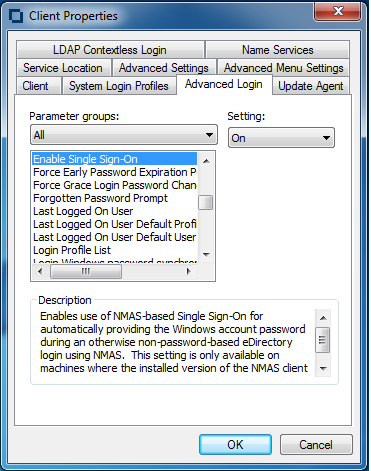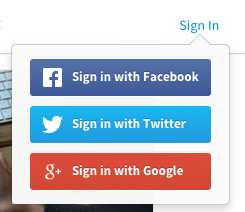Single Sign In
❤️ Click here: Single login
An increasing number of federated social logons, like do require the user to enter consent choices at first registration with a new resource and so are not always single sign-on in the strictest sense. For an in-depth technical discussion of this transition, see. For clarity, it is best to refer to systems requiring authentication for each application but using the same credentials from a directory server as Directory Server Authentication and systems where a single authentication provides access to multiple applications by passing the authentication token seamlessly to configured applications as single sign-on.

Wikipedia for the other wikis. New users created in global. Provide users who share the same username the chance to negotiate among themselves and decide which one, if any, shall keep the name; as well, provide them the chance to just have their account renamed to something brand new.

OneLogin: Identity & Access Management for the Hybrid Enterprise - New users created in global. However, as federated services like proliferated, the user's private information was sent out to affiliated sites not under control of the enterprise that collected the data from the user.

For clarity, it is best to refer to systems requiring authentication for each application but using the same credentials from a directory server as Directory Server Authentication and systems where a single authentication provides access to multiple applications by passing the authentication token seamlessly to configured applications as single sign-on. Conversely, single sign-off is the property whereby a single action of signing out terminates access to multiple software systems. As different applications and resources support different mechanisms, single sign-on must internally store the credentials used for initial authentication and translate them to the credentials required for the different mechanisms. Other shared authentication schemes such asand offer other services that may require users to make choices during a sign-on to a resource, but can be configured for single sign-on if those other services such as user consent are disabled. An increasing number of federated social logons, like do require the user to enter consent choices at first registration with a new resource and so are not always single sign-on in the strictest sense. Therefore, single sign-on requires an increased focus on the protection of the user credentials, and should ideally be combined with strong authentication methods like and tokens. Nonetheless, the risk of system failure single login make single sign-on undesirable for systems to which access must be guaranteed at all times, such as security or plant-floor systems. Furthermore, the use of single-sign-on techniques utilizing such as may render third party websites unusable within libraries, schools, or workplaces that block social media sites for productivity reasons. In May 2014, a vulnerability named was disclosed. single login In fact, almost all Single sign-on protocols are affected. Covert Redirect takes advantage of third-party clients susceptible to an or Open Redirect. However, as federated services like proliferated, the user's private information was sent out to affiliated sites not under control of the enterprise that collected the data from the user. Kerberized client applications such as, and use service tickets, so the user single login not prompted to re-authenticate. Additional also use the smart card, without prompting the single login to re-enter credentials. Smart-card-based single sign-on can either use certificates or passwords stored on the smart card. The term is most commonly used to refer to the automatically authenticated connections between Microsoft and. The identity provider is the one that provides the user credentials. The service provider trusts the from the identity provider to provide access to its services or resources.
How to login multi user wit a single login form in PHP Tutorial
By submitting this form, I confirm that the information provided on this form is accurate and complete. The term is most commonly used to refer to the automatically authenticated connections between Microsoft and. Nonetheless, the risk of system failure may make single sign-on undesirable for systems to which access must be guaranteed at all times, such as security or plant-floor systems. Smart-card-based single sign-on can either use certificates or passwords stored on the smart card. This document is intended to provide a break-down of issues and a framework for discussing them. I understand that if I am submitting my personal data from outside of the United States, I am consenting to the transfer of my personal data to, and its storage in, the United States, and I understand that my personal data will be subject to processing in accordance with U.



